Tallaght University Hospital (TUH) recently celebrated its 25th anniversary. Paul Mulholland speaks to the hospital’s
CEO Ms Lucy Nugent about the occasion and the challenges involved in keeping TUH at the forefront of patient care
Last month, Tallaght University Hospital (TUH) reached a notable milestone. On 21 June the hospital celebrated its 25th anniversary.
In 1998, 115 patients were transferred from the base hospitals of the Meath, Adelaide, and National Children’s Hospitals to the new joint facility. When it was founded, the hospital employed 1,500 staff. TUH now has over 3,000 staff with more than 60 nationalities represented in its workforce.
“Over 300 of the original staff are still with us, which is fantastic,” TUH CEO Ms Lucy Nugent told the Medical Independent (MI).
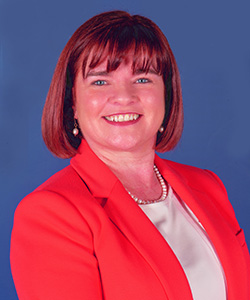
“We’re delighted to have them still with us. We hope it’s a sign that it’s a happy place to work.”
The 320 original staff members received long service pins as part of the anniversary celebrations. The celebrations also included staff hero awards and other events to mark the occasion.
A qualified nurse, Ms Nugent joined TUH as Chief Operations Officer in 2014, moving into a Deputy CEO role two years later. She became CEO in January 2019. Her first weeks in the role proved challenging with a national nursing strike taking place that February.
“I remember saying to the nurses at the time: ‘This is a national issue; it’s not a local issue between you and I. And at the end of the day, we all still need to talk to each other.’”
A greater challenge was to come a year later with the advent of the Covid-19 pandemic. “The pandemic was something completely different in that nobody knew what was coming down the tracks,” according to Ms Nugent.
“Everybody was looking at the images on the television from Bergamo [in Italy]. The one thing that I was confident of was that we as a team would come together and work collaboratively through the unknown.”
Before the pandemic, Ms Nugent said her philosophy was “patients first, staff a very close second”.
“Now patients and staff are very much on a par,” she explained. “Because the healthcare workers of the country and at Tallaght, they stepped up and stepped forward when they didn’t know what faced them.”
Ms Nugent pointed out that some TUH staff have not returned to work due to long Covid. On the positive side, she said the health service has important lessons to learn about the pandemic response.
“When we pulled together an awful lot was achieved,” she said. “Maintaining that agility and recognition of staff is, I think, really important.”
Capacity
The pandemic also put significant pressure on Ireland’s deficient healthcare capacity.
The infrastructure of TUH has changed significantly since it was first built. Ms Nugent said that when the hospital was originally designed in the 1980s, there were plans for an additional 120 beds. However, these did not materialise due to budgetary constraints.
Over the years, more than €75 million has been invested in physical expansions to enable TUH to provide more services to patients. The developments have included an expansion of its emergency department (ED) in 2015 and the opening of clinics offsite in the Simms building.
They also comprise the Vartry Renal Unit; Tymon North (rehabilitation beds); Reeves Day Surgery Centre; Centre for Cardiac Risk in the Young Persons; an intensive care unit extension; and the Rynd building for phlebotomy and infusions.
The hospital has an inpatient complement of 465 beds with an additional 40 off-site beds under TUH governance at Tymon North.
However, Ms Nugent admitted the pandemic put great pressure on capacity at TUH and, in particular, highlighted the lack of single rooms. In November 2020, MI reported that the difficulty in accessing single rooms was raised at a board meeting earlier that year. Ms Nugent said currently only 22 per cent of Tallaght’s inpatient beds are single rooms. This is below half of the recommended 50 per cent. However, she pointed out that all 72 inpatient beds in TUH’s new endoscopy/oncology block will have single rooms.
Emergency department
The new block, which has received HSE approval, is welcome as capacity pressures have not relented post-pandemic. Last year, HIQA identified that the hospital was reporting increased ED attendances, with associated instances of crowding. This led to the Authority conducting an unannounced inspection of the TUH’s ED on 27 October 2022, to determine the level of compliance with national standards.
While measures were being taken to improve patient flow through the ED, HIQA found that these were not fully effective. Staff efforts were hampered by high numbers of admitted patients awaiting an inpatient bed or a specialist review, as well as delayed decision to discharge or admit.
The hospital was further challenged with capacity issues, insufficient isolation facilities and a lack of community facilities and services to support transfer of care to the community.
According to HIQA: “The hospital needs to address capacity issues, but also patient flow issues through the emergency department through the hospital and into
the community.”
Ms Nugent said the expanded ED in 2015 had “greatly enhanced” TUH’s physical infrastructure. She also noted the acute floor expanded when the paediatric ED moved to the Children’s Health Ireland satellite centre in 2021. TUH is currently awaiting funding confirmation from the HSE to fully operationalise the latter expansion.
However, she acknowledged that capacity continues to be an issue.
“One of the challenges… is what we call egress out of the emergency department. So, in other words, if you’re being admitted, do you have access to a bed in a timely fashion? We have insufficient bed capacity based on the original design of the hospital, but even more so because of the growing demographics.”
As HIQA noted, delays in accessing the community services were compounding the problem.
“What we need is access to step-down beds in the community,” Ms Nugent said. “Access to homecare packages is funded, the funding is there. But the people aren’t there. And one of the biggest crises facing the health service is, actually, a global shortage of healthcare workers.”
Ms Nugent said weekly meetings take place with the community sector and initiatives are being developed to mitigate the situation. “The delayed transfers for care are discussed,” she said.
“We are also developing what is called ‘Tallaght in the Home’. This is where, basically, some of our staff will go out into the community into the person’s home to provide the homecare package until the community can get staff available to do it. It is based on the Beaumont model. That is due to commence, hopefully, in the summer.”
In addition, the HSE National Ambulance Service-led initiative, Pathfinder, went live in TUH in October 2022. It is designed to safely keep older people, who phone 112/999, in their own home and minimise the number of unnecessary attendances to the ED.
New care pathways are also important. As reported in this newspaper, a TUH project to optimise the management of headache patients attending the ED avoided up to 116 admissions between September 2022 and April 2023. The initiative recently won the best admissions avoidance project at the HSE Spark Summit.
Radiology
Recent meetings of the TUH board have discussed delays regarding radiology. At the meeting in March, the board raised concerns about the delays in urgent scans and “requested a detailed action plan in order to improve patient outcomes and an implementation plan for same”.
However, Ms Nugent stressed that work has already taken place to address the issue and more developments are in train. For the past number of years, a community radiology facility, which TUH opened in partnership with Community Healthcare Organisation 7, has been in operation.
“It started initially with plain film [x-ray], ultrasound, DEXA, and then early next year, there is going to be MRI and CT, with direct GP access,” Ms Nugent said. “That is part of the solution. In addition, Tallaght University Hospital Foundation fundraised for an additional CT scanner for the emergency department. We are in the middle of commissioning that new CT machine and we have made a submission to the HSE for staff.”
Surgical hubs
The Minister for Health Stephen Donnelly recently announced the site locations for a number of ‘surgical hubs’ nationally.
The surgical hubs are being developed in key locations on-site or at sites operated under the governance of model 4 hospitals. The intention is to reduce day-case waiting lists in advance of the development of regional elective hospitals.
The hubs are being modelled on the successful Reeves Centre at TUH. Over the course of the first 24 months of operation of the Reeves Centre, the total number of patients waiting for day case surgery reduced by 58 per cent. There was a 91 per cent reduction in patients waiting over three months.
“It shows when you have the right resources in the right place, you can actually have real impact,” commented
Ms Nugent.
Electronic patient record
Another area where TUH has taken the lead is electronic patient records (EPR). In November 2021, TUH introduced a hospital-wide system called Synergy. It replaced some of the hospital’s legacy end-of-life ICT systems and existing paper-based records and processes. Ms Nugent said it has enabled staff to access a single, reliable, and integrated source of clinical information, with relevant patient details, such as test results, medications, and discharge summaries.
Regarding Synergy’s development, Ms Nugent said TUH decided against a major ‘rip and replace’ process with a single solution. It opted instead to implement an interfaced EPR. This utilised some of the existing ICT systems in place, while continuing to implement specialty-specific ‘best of breed’ systems. These systems are interfaced through a single EPR platform to create a single view of the patient record. Evolve, from the software company Kainos, offered TUH the platform along with additional functionality to complement the specialty-specific ICT systems.
She said the approach TUH pursued was less expensive than ‘rip and replace’ and was also “less disruptive”.
“We’ve completed phase one,” Ms Nugent said. “The help desk for staff closed after one week, because there weren’t enough calls to justify keeping it open, which is down to the credit of the project Synergy team.”
The second phase of the plan involves linking Synergy with community services. There is also the potential for it to link with the long-delayed national system, when it is eventually developed.
“I think one of the most important things and the foundation for having a national summary care record, which is what the Department of Health is advocating for, is the individual health identifier,” said Ms Nugent.
“And again, there are great learnings from the [Covid-19] vaccination programme and the Covax system. The HSE is now putting in the individual health identifier in the back end of systems. We have put our hand up to be part of that. And we’re now starting shortly the matching of our medical registration numbers with the individual health identifiers.
“So it’s a project that happens at the back end of our systems. But it means that we’re future proofing. When the national summary care record is launched, our records can help populate that.”
She continued: “We’re working with our integrated care colleagues in the community. We’re very cognisant that, again, they need access into our system. We’re in the middle of actually developing a data sharing agreement with them to allow that to happen.”
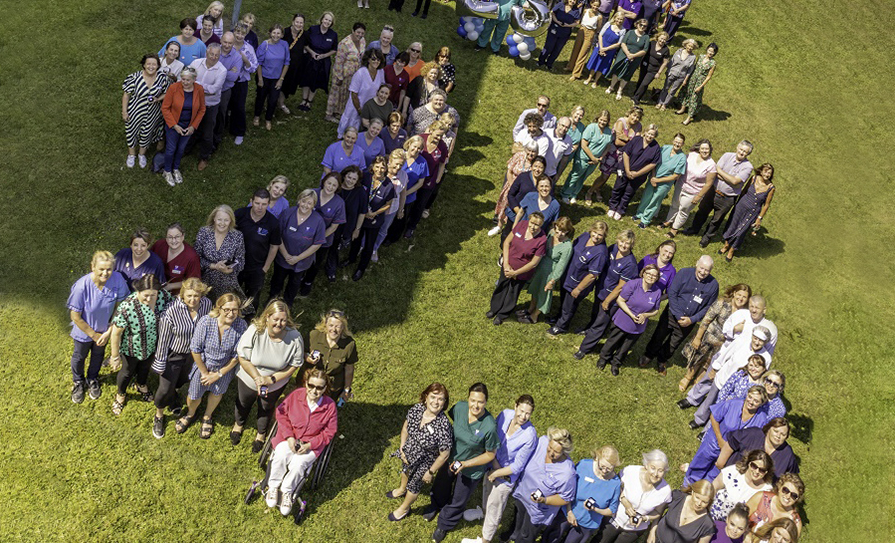
Aerial shot of some of the 320 staff who received long service pins
Voluntary hospital
While TUH was impacted by the cyberattack that occurred in May 2021, and lost access to national systems for a period of time, its own internal network was not breached. Six months before the cyberattack the hospital had installed new host intrusion protection software. This meant TUH was able to function normally with minimum disruption to patient care. Other voluntary hospitals reported similar scenarios. Concern has been expressed by voluntary organisations about the ICT risks involved in further integration with HSE systems.
MI has previously reported on the concerns of the Voluntary Hospital Healthcare Forum, of which TUH is a member, about the HSE’s planned integrated financial management system and the risk it poses in eroding the financial independence of voluntary hospitals. There are also questions concerning the place of voluntary hospitals within the new regional health areas. Regarding TUH specifically, “frustration” was expressed at its board meeting in April about delays in receiving the HSE service level agreement (SLA). At the time of going to press, the SLA has still not been received.
Ms Nugent did not wish to be drawn on these specific concerns. However, she referred to a recent document, Partnership Principles: Building a new relationship between voluntary organisations and the State in the health and social care sectors, as offering a way forward for future collaboration. The document, which was published in April, arose from the Health Dialogue Forum (HDF) with voluntary organisations.
The HDF was established by the Minister for Health to provide a platform for regular dialogue between the State and voluntary providers. The impetus for its establishment was the final report in 2019 of the independent review group charged with examining the area. The report stated that substantially improving the quality of the relationship between the State and voluntary organisations was crucial to improve the quality of service delivery. Transparency, ‘problem-solving deliberation,’ trust and respect, are examples of some principles outlined in the document. It also calls for the principles outlined to be “embedded in practical action”.
“The partnership principles were only launched in April,” according to Ms Nugent. “So it’s early days in that new relationship. But, I think everyone has welcomed it, as there is nothing in it that anybody would disagree with. Really, it’s more about us living out those principles.”
Funding
Voluntary hospitals, as well as those in the HSE sector, have repeatedly raised the benefits of a multi-annual funding model to allow for better planning and delivery of healthcare services. At TUH’s board meeting in January, it was noted the 2023 allocation had not been received, and the hospital was also waiting “the close out of the 2022 financial year”. The following month, the hospital’s financial committee expressed frustration at not being in a position to review the financial year-end position due to a delay by the HSE in finalising its accounts.
“It has been well expressed that it is very difficult to run a large multi-million organisation without knowing what your multi-annual budget is,” Ms Nugent said. “It is not how industry would operate. So, having multi-annual budgeting is key.”
However, she referred to how the HSE has recently requested that hospitals submit a three-year plan on the management of urgent emergency care.
“That is the first time we are looking three years ahead, which is to be welcomed,” she said.
MI asked Ms Nugent about her opinion on activity-based funding, the full roll-out of which has faced numerous delays.
“I think it is very reasonable [for the HSE] to ask entities to quantify how they spend their money and what does the funder get in return for that,” she replied.
“That is where the use of data is really important. So, if we get a new consultant, what capacity does that create, what is the plan, and if there is a variation, why. That is a very fair question for our funders to ask us.”
TUH’s allocation for 2023 currently stands at €312.8 million (the allocation is updated monthly). Is this sufficient?
“If you ask any CEO in any healthcare facility they would say ‘of course, I don’t have enough money’,” Ms Nugent said.
“However, let’s take the example of a new surgeon: They need to have a theatre list; they need to have the right equipment to provide that care; they need to have a secretary to organise the patients to come in. We have some very expensive human resource – are we giving them the support structures to ensure they are operating at the upper end of their ability and capacity?”
Returning to the subject of staff, Ms Nugent said TUH has no difficulty recruiting permanent consultant posts, though filling locum positions can be more challenging. She added it was too soon to judge the new consultant contract, which has only come into force this year. Regarding nursing positions, Ms Nugent admitted pay was an issue.
“We can’t offer different financial incentives that potentially the private sector can because we are constrained by the public sector consolidated pay scales,” she stated.
“So, I think it is a national wage agreement that needs to be looked at. In terms of what can we do for them, again, it is back to educational and training opportunities and career progression opportunities.”
Europe
In addition to her role with TUH, Ms Nugent also became President of the European Association of Hospital Managers last year. Ms Nugent is the first female to hold the position. Although the Irish health service is often unfavourably compared with those in other European countries, she said the challenges faced in healthcare internationally are similar.
“In the European Association, we have several different working groups,” she said.
“Again it is working through how if there is an example of good practice can that be shared and scaled across Europe. That is really important.”
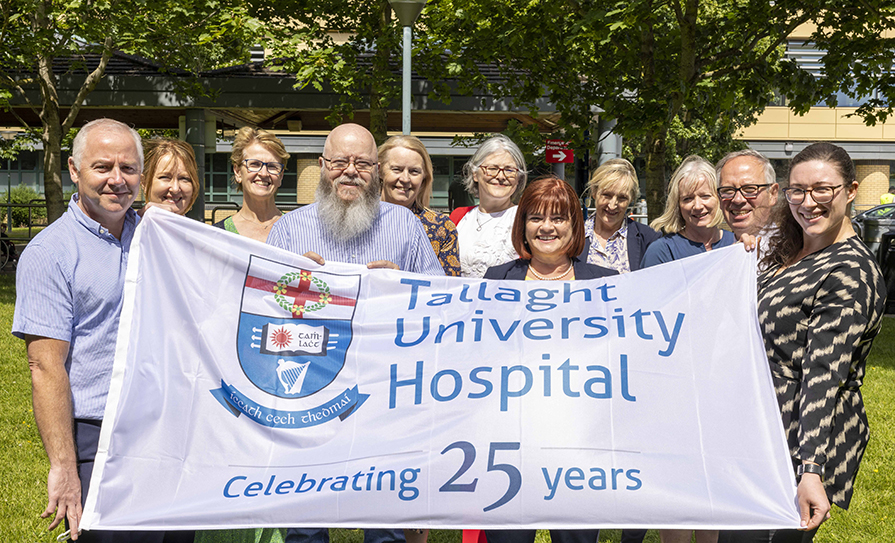
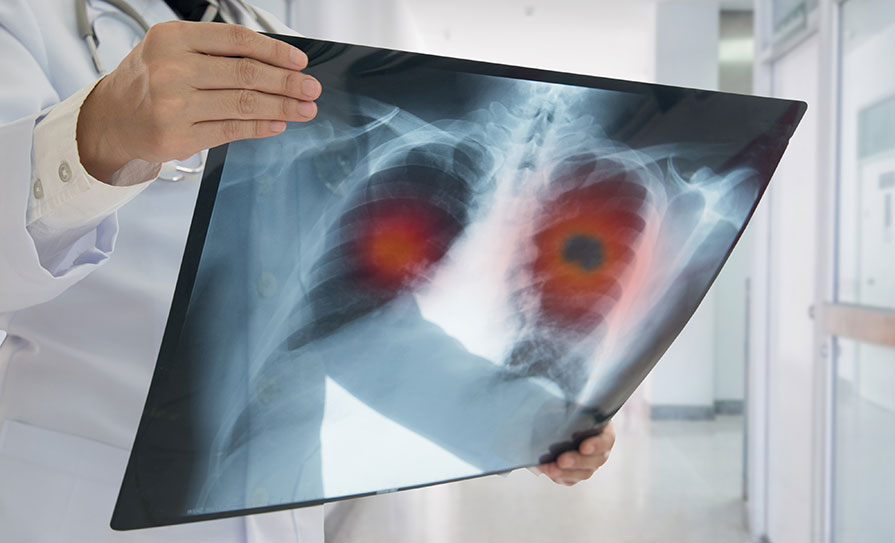
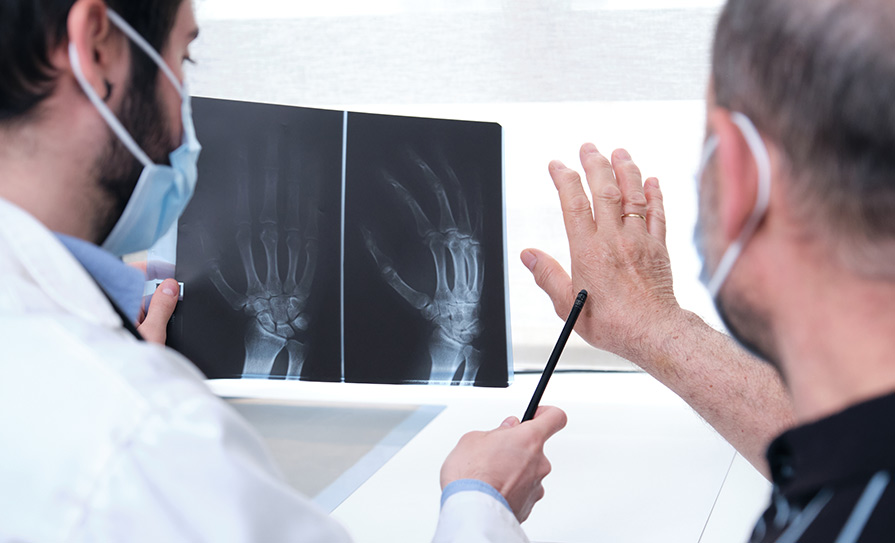
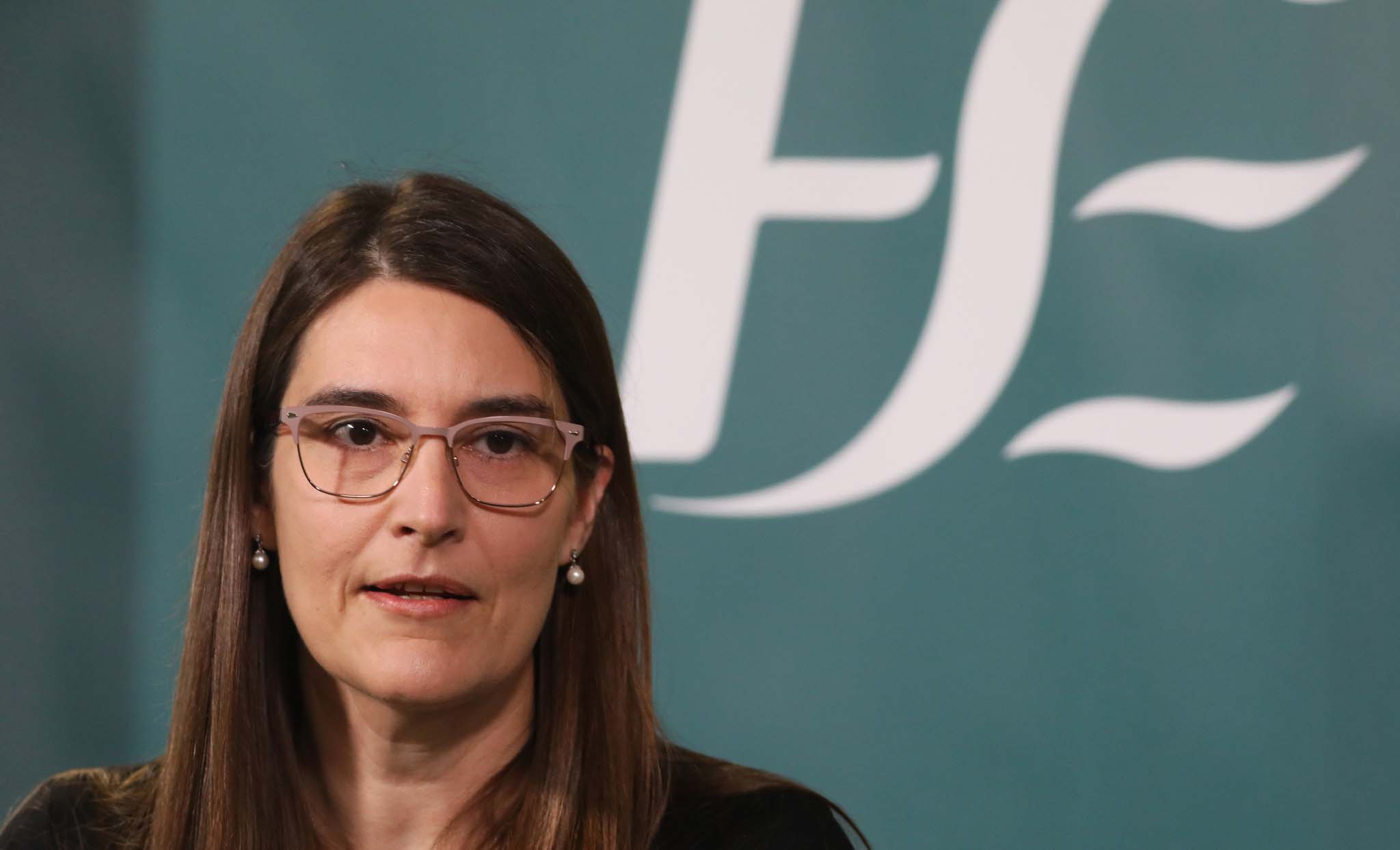
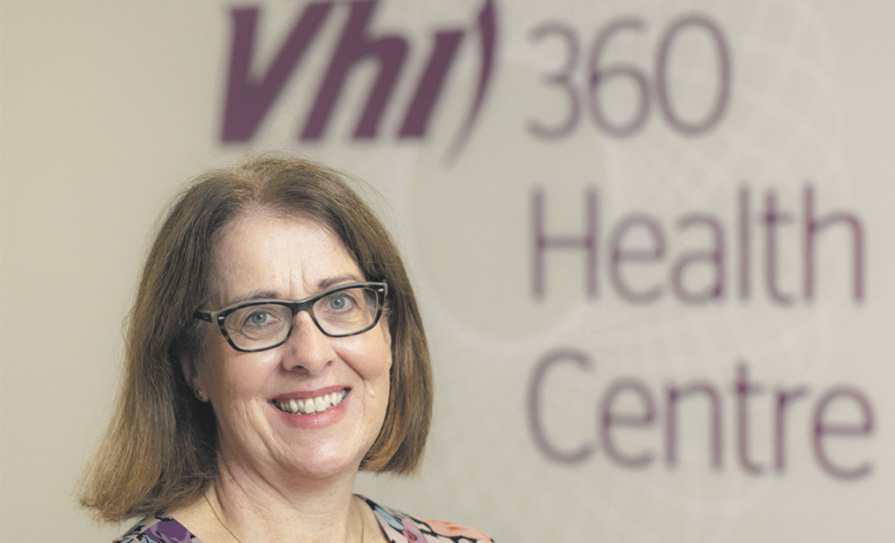


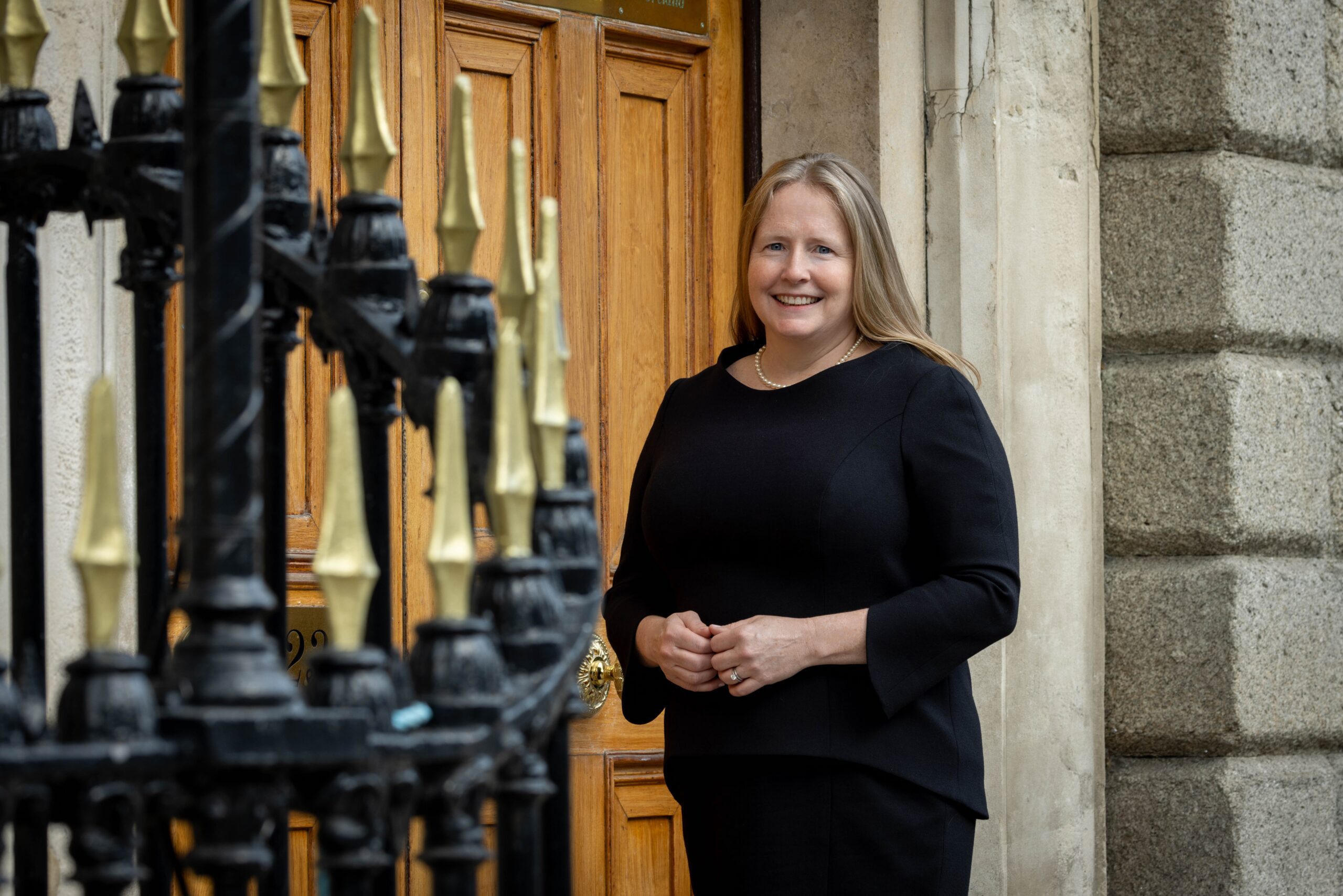





Leave a Reply
You must be logged in to post a comment.